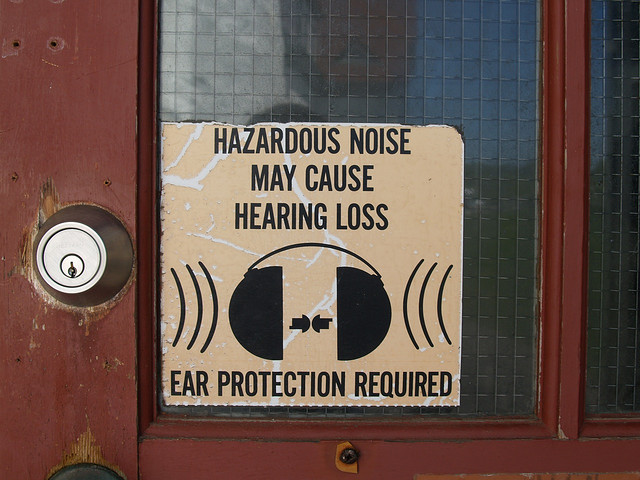 A new decision from the Supreme Court of Louisiana clarified that hearing loss caused by occupational exposure to hazardous noise levels falls under the Louisiana Workers’ Compensation Act and not tort law.
A new decision from the Supreme Court of Louisiana clarified that hearing loss caused by occupational exposure to hazardous noise levels falls under the Louisiana Workers’ Compensation Act and not tort law.
The instant case presents a res nova issue in this court of whether gradual noise induced hearing loss caused by occupational exposure to hazardous noise levels is a personal injury by accident or an occupational disease, or both, under the Louisiana Workers’ Compensation Act (hereinafter, “LWCA”), thereby entitling the defendant employer to immunity from suits in tort under the exclusivity provisions of the LWCA. Interpreting the Act and mindful of the clear legislative purpose behind the workers’ compensation scheme–a principle that has been well-experienced in our jurisprudence, we find occupational noise-induced hearing loss (hereinafter, “NIHL”) falls squarely within the parameters of the LWCA, either the pre-1990 definition of “accident” or the post-1975 definition of “occupational disease.”
The court engaged in a rigorous review of the LWCA–especially the definitions. Noise-induced hearing loss qualifies as a “personal injury by accident”–at least until the definition of “accident” was revised in 1990. This is why:
Such traumatic damage to the inner ear certainty qualifies as an “injury” within the meaning of the LWCA, because the high levels of energy noise entering the ear cause damage to the inner ear “by violence to the physical structure of the body,” i.e., the hairs and cells in the inner ear. Furthermore, the exposure to hazardous levels of industrial noise, as alleged by the plaintiffs, qualifies as an accident because the hazardous levels of industrial noise, a large quantity of energy that did violence and damage to the inner ear, was an “unexpected or unforeseen event happening suddenly or violently, with or without human fault and producing at the time objective symptoms of an injury.”
Hearing loss is also an “occupational disease.” Under the LWCA, an “occupational disease” is a “disease or illness which is due to causes and conditions characteristic of and peculiar to the particular trade, occupation, process, or employment in which the employee is exposed to such disease.” The court cited to a number of dictionaries to demonstrate that hearing loss is commonly associated with “occupational diseases.” Going one step further, the hearing loss suffered by the plaintiffs was related to their work:
[I]t is clear that NIHL meets the statutory definition of an “occupational disease” under the Act. The court of appeal correctly found that a causal link between plaintiffs’ hearing losses and their work-related duties was established by a reasonable probability by the plaintiffs’ own testimony and that of their experts. As the trial court found, and the record evidence supports, the “occupational disease” was contracted during the course of employment and was the result of the nature of the employment. There is no requirement in the statute, as the plaintiffs suggest, that the nature of the disease or injury be unique to the particular trade or industry. Here, hazardous levels of industrial noise, which caused the plaintiffs’ hearing loss, was a condition very characteristic of and peculiar to the particular employment of working in a paper mill or box plant, which the evidence demonstrated involves machinery and processes producing high levels of industrial noise. Additionally, as the court of appeals noted, expert testimony in the form of certified reports, depositions, or direct examination in open court supported a finding that the hearing loss was an occupational disease caused by exposure to high levels of industrial noise at the facility.
What did all of this mean for the plaintiffs? Actually, it meant that their civil law suits were dismissed. Workers compensation law involves a trade-off between employers and employees. Employers are given tort immunity but, in return, they must swiftly pay workers’ compensation benefits to injured workers. Because the hearing loss fell under the ambit of the LWCA, the plaintiffs could not maintain their tort-based law suits. Those suits were prohibited by the LWCA’s exclusive remedy provision.
Arrant v. Graphic Packaging Int’l, Inc., — So. 3d —- (La. 2015).
Photo courtesy of Flickr user nick v.
